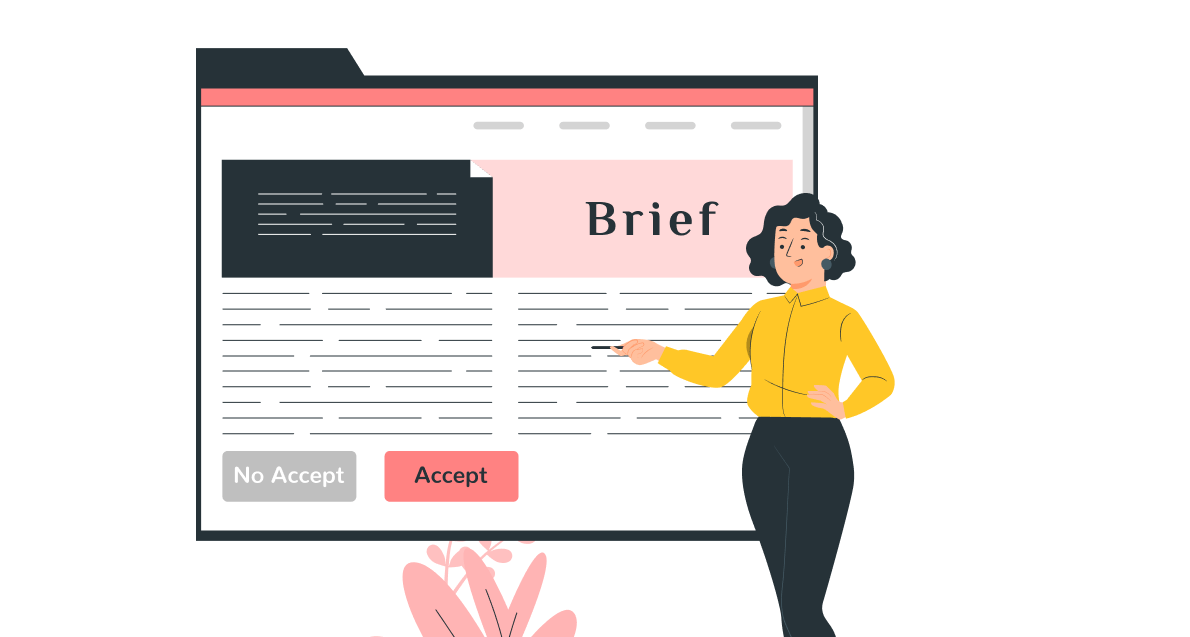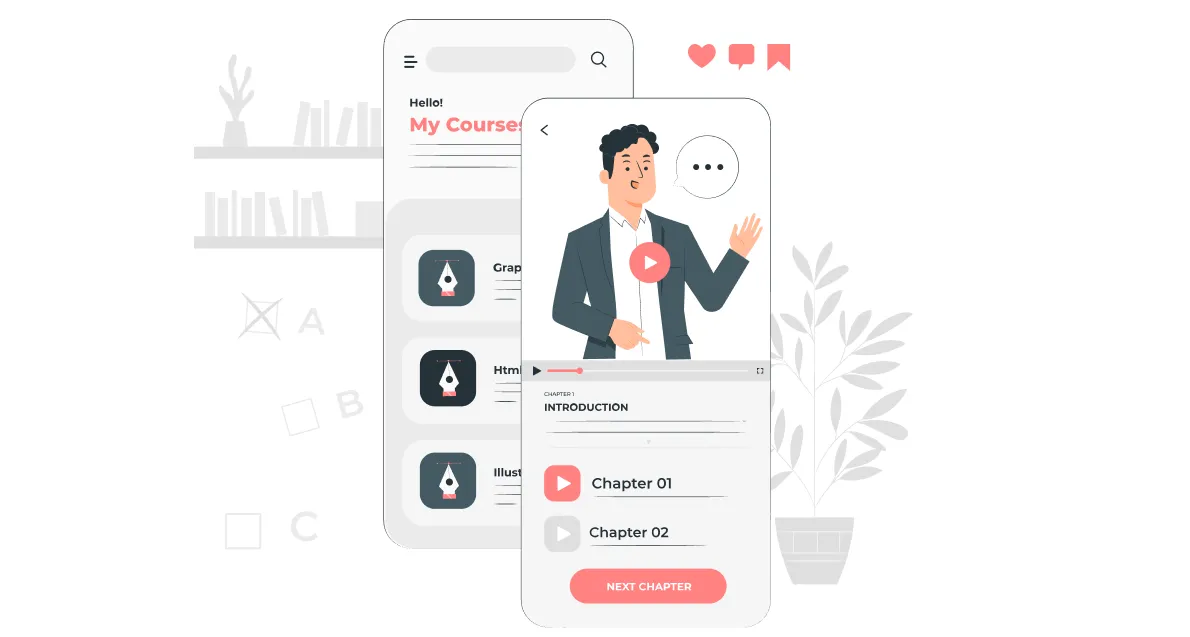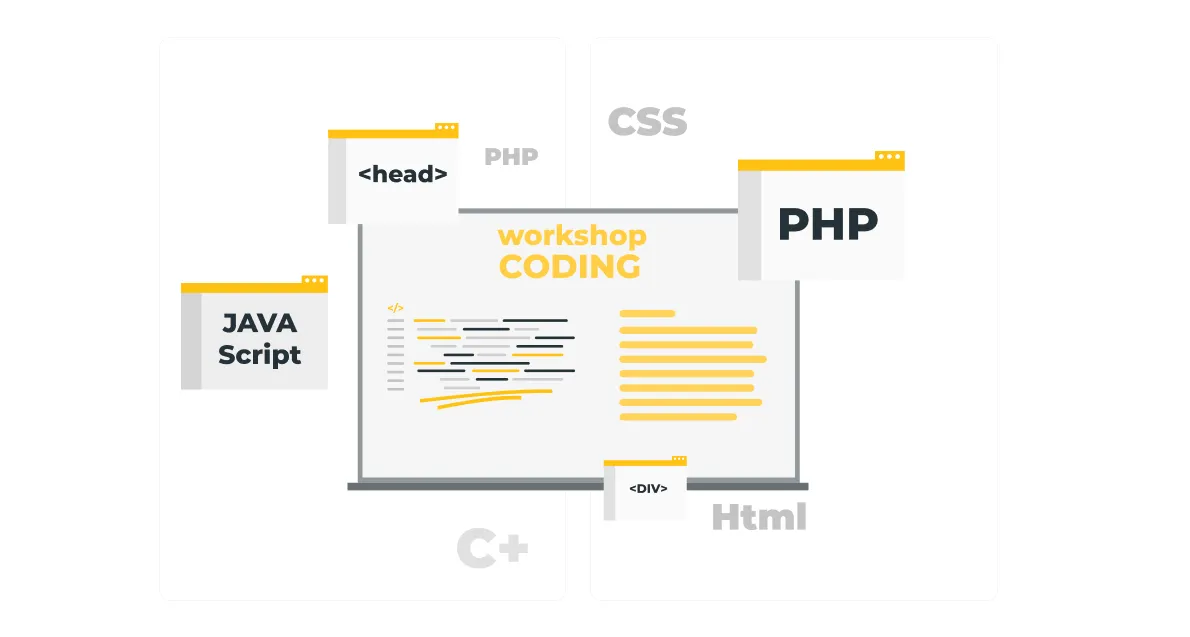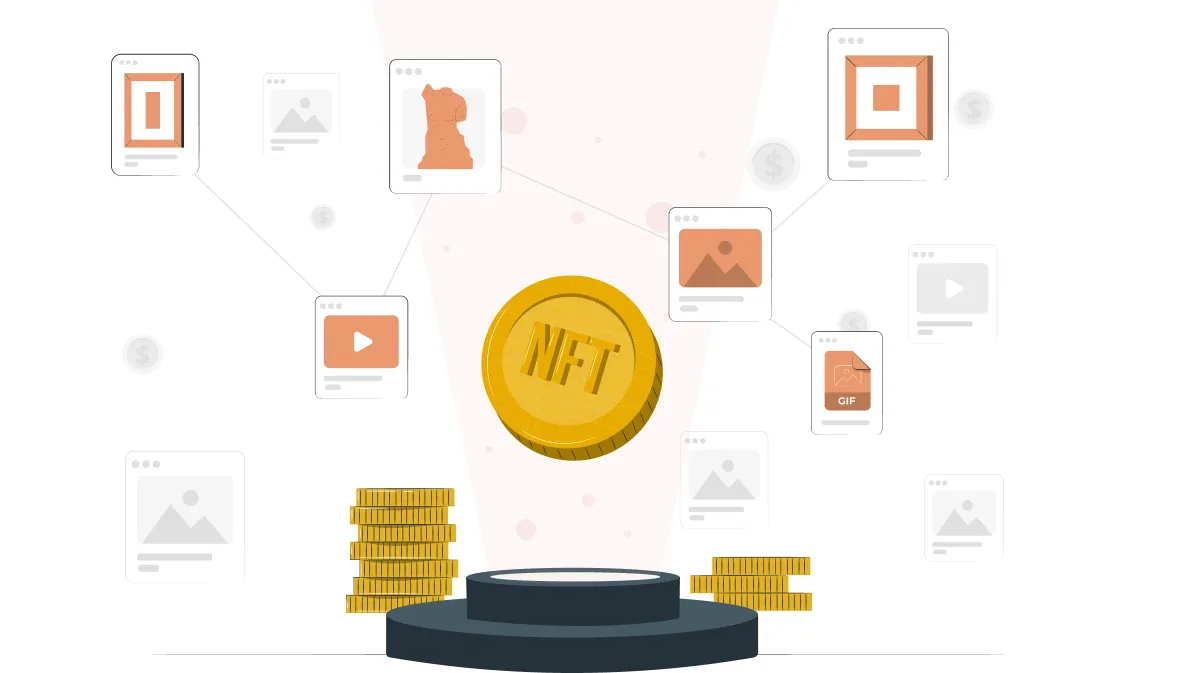Website Development Brief
Creating a website begins long before a designer opens Figma or a developer writes the first line of code. One of the most crucial steps is filling out a project brief — a document that helps the client and development team align their expectations, define the project's goals, and lay the foundation for efficient collaboration. In this article, we’ll explore the purpose of a website brief, what it should include, and how to avoid common mistakes when preparing it.
Why a Website Development Brief Is Important
A well-prepared brief documents the client’s expectations and serves as a starting point for estimating scope, timeline, and project cost. Unlike a technical specification, it doesn’t go into granular detail but sets the direction for further development.
Here’s how a brief helps both parties:
- Helps the client clearly define goals and envision the final website
- Gives the team a general understanding of the project and requirements
- Reduces the number of revisions during the process
- Streamlines communication between client and team
- Enables more accurate estimation of deadlines, costs, and resources
With a clear brief, the team can suggest suitable solutions early on, and the client gets a structured perspective on the project before development even starts.
What a Website Brief Should Include
A website brief is a structured document containing essential project information: objectives, tasks, target audience, desired features, design references, and other critical details. The more specific and detailed the brief, the better the team can deliver a product aligned with client expectations.
Typical sections include:
- Project overview – the purpose of the site, its goals, and a short description of the company or product
- Target audience – who the users are (age, interests, behavior, device preferences)
- Functional requirements – what sections and features are needed (e.g., product catalog, shopping cart, blog, filters, search, contact forms)
- Design preferences – examples of websites you like, preferred colors, brand style, typography
- Content – who will provide text, images, videos, logos; whether content creation support is needed
- Technical details – website language(s), preferred CMS, integrations with third-party services (CRM, payment systems, analytics)
- Timeline and budget – desired launch date and estimated budget range
This structure ensures nothing essential is overlooked and provides a strong foundation for planning. For example, the Fruktorum brief is presented as a table with thematic blocks, helping teams see the full picture of the project at a glance.

Common Mistakes to Avoid When Preparing a Brief
When filling out a website development brief, it’s important to avoid the following pitfalls:
❌ Vague descriptions
General phrases like "the site should be beautiful and modern" aren’t actionable. Instead, be specific: mention minimalist design, user-friendly navigation, strong visual focus, or innovative content presentation.
❌ Undefined goals
Without clear objectives, it's hard to determine what features are needed, how the structure should be built, or what design to focus on. The strategic approach depends on your goal. For instance, if the site is meant for internal document sharing among employees, functionality is more critical than aesthetics. Clear goals help allocate the budget effectively and stay focused on solving the right problems.
❌ Ignoring the target audience
Failing to consider user behavior and preferences can result in a site that’s confusing or irrelevant to its intended audience. Include a clear client persona in the brief so designers and developers can tailor UX and features accordingly.
❌ Skipping technical constraints
If you have existing systems to integrate with the website or specific technology preferences, list them upfront. These constraints can significantly impact the project’s timeline, cost, and development approach.
A brief isn’t just a formality — it’s a practical tool that saves time, effort, and costs throughout the project lifecycle.
Sample Brief Template
To simplify the process, we’ve created a downloadable template with essential questions that you can adapt to any project.
You can use this document as a starting point when working with an agency, a freelancer, or for internal planning. It covers all the key areas: goals, tasks, target audience, site structure, content, and technical requirements.
Conclusion
A website brief is the first step toward launching a successful project. It helps save time and resources while increasing the chances of getting exactly the result you expect. The better the brief is prepared, the easier it is for the development team to offer the right solution and hit the mark.
Not sure how to structure your brief? The Fruktorum team is here to help. We work with various formats, tailor the structure to your specific needs, and support clients throughout the entire website creation process.







